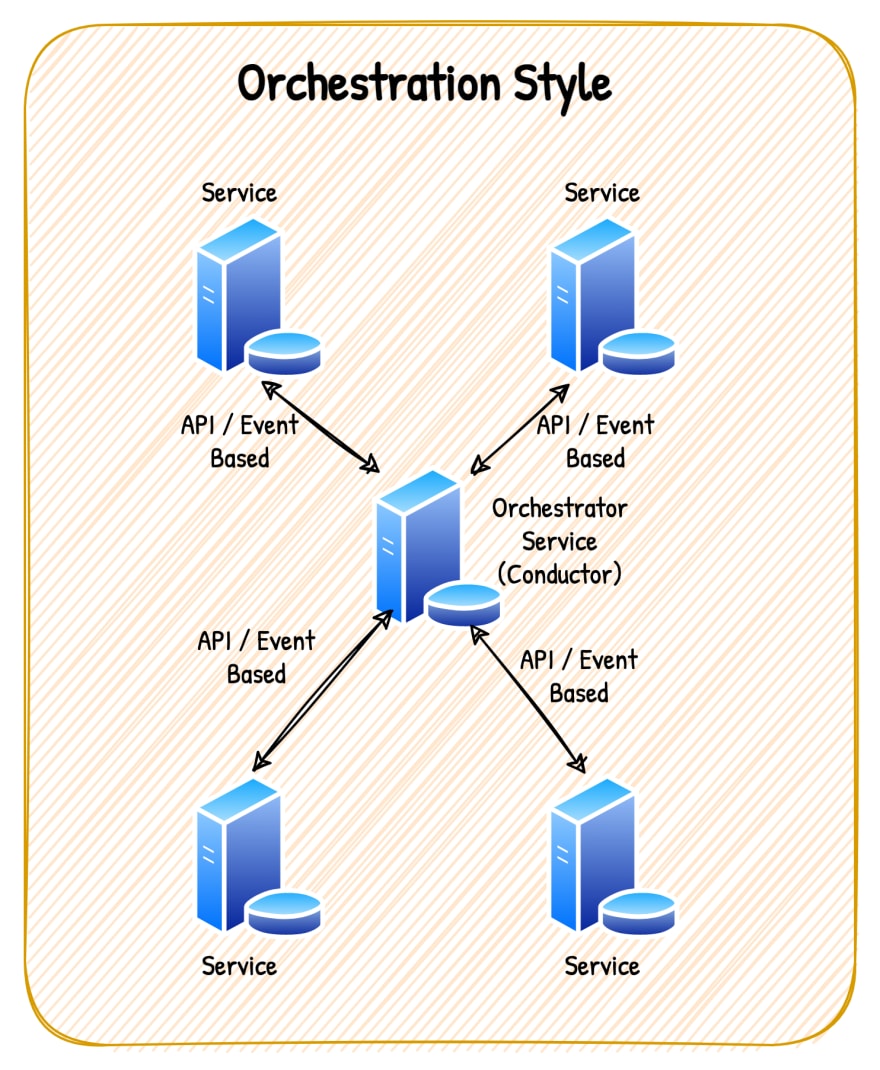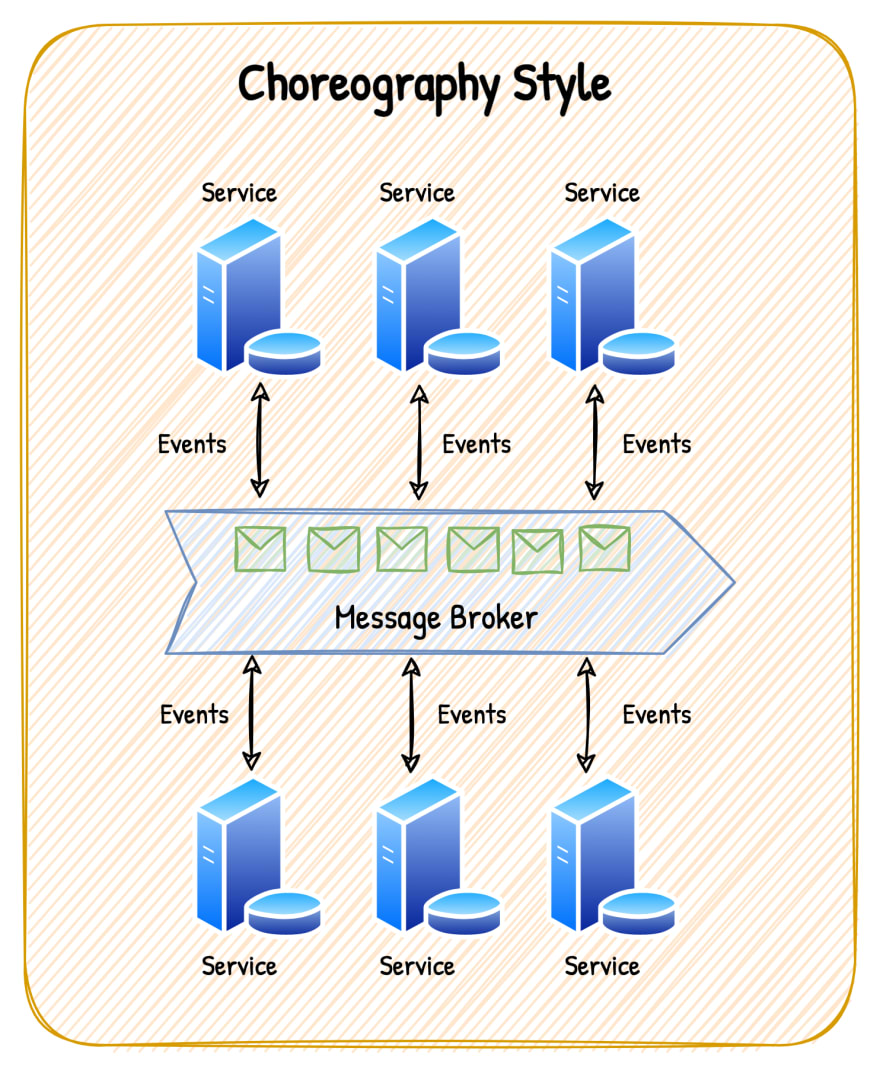Cross posted from Prasanna's blog
What is a Saga pattern
Saga design pattern is a way to manage a single business transaction that spans across various micro services. Saga pattern breaks a single business transaction into a sequence of local transactions that updates each service and publishes a message or event to trigger the next local transaction step. If any of these local transaction fails, saga will execute the subsequent flows to rollback and cleanup the transaction.
Why do we need this
In a micro-services architecture, it's hard to trace where the transaction has failed and what needs to be rolled back etc. Saga brings in a structure to deal with this problem and also allows the micro-services to act within the specified boundaries.
Implementing Saga
Saga is implemented by adding a transactionId to all the local transactions. A transactionId represent a single business transactions, so with that as an identifier it is possible to trace all the corresponding service interactions.
This managing of local transactions can be done in 2 styles.
- Orchestration style
- Choreography style
Orchestration Style Sagas
Orchestration pattern mimics an Orchestra, where each person (system in this case) waits for the conductor (another system) to give instructions on what needs to be done.
I don't prefer this design usually for the following reasons,
- Tight coupling between the conductor and the other systems in the ecosystem.
- Conductor is a single point of failure.
Choreography Style Sagas
Choreography pattern mimics a dance performance where each dancer knows their role and can perform it independently. Hence, there is no need of centralised conductor role.
Some benefits of this pattern are,
- Faster development. Teams can build independently, with defined contracts.
- Loose coupling, easier to change systems.
- Better fault tolerance. There is no single point of failure here
A Sample Scenario
Let us walk through a sample use case and see how we can go about solving it using choreography style sagas.
Since we are talking about music and dance, let me take a use case of booking a movie ticket.
- A customer can purchase a movie ticket by paying online.
- Once the payment is successful, the movie ticket is confirmed to that customer.
- If there is a payment failure, no ticket will be issued, and the order stands cancelled.
- If the show is cancelled, the customer will be fully refunded.
- If the customer choses to cancel a ticket, then they will be refunded a partial amount only.
Identifying Events and Commands
Now, to implement them independently by various services, we need to identify the boundaries of various services and also their resposibilities.
Event storming is one activity that the team can do to identify these events aka boundaries of responsibilities.
Results of the event storming looks like this:
I will be using the following notion to illustrate various commands and events involved in the above use-case.
Once these events and commands are identified, teams independently can go ahead and start implementing them. Rollbacks are just another events mapped to a different command.
This gives a power to the team to act independently and reduces the bottleneck on a single service.











Top comments (1)
One rad thought on queues (Choreography Style Sagas )
dev.to/rekki/mutation-is-life-bori...